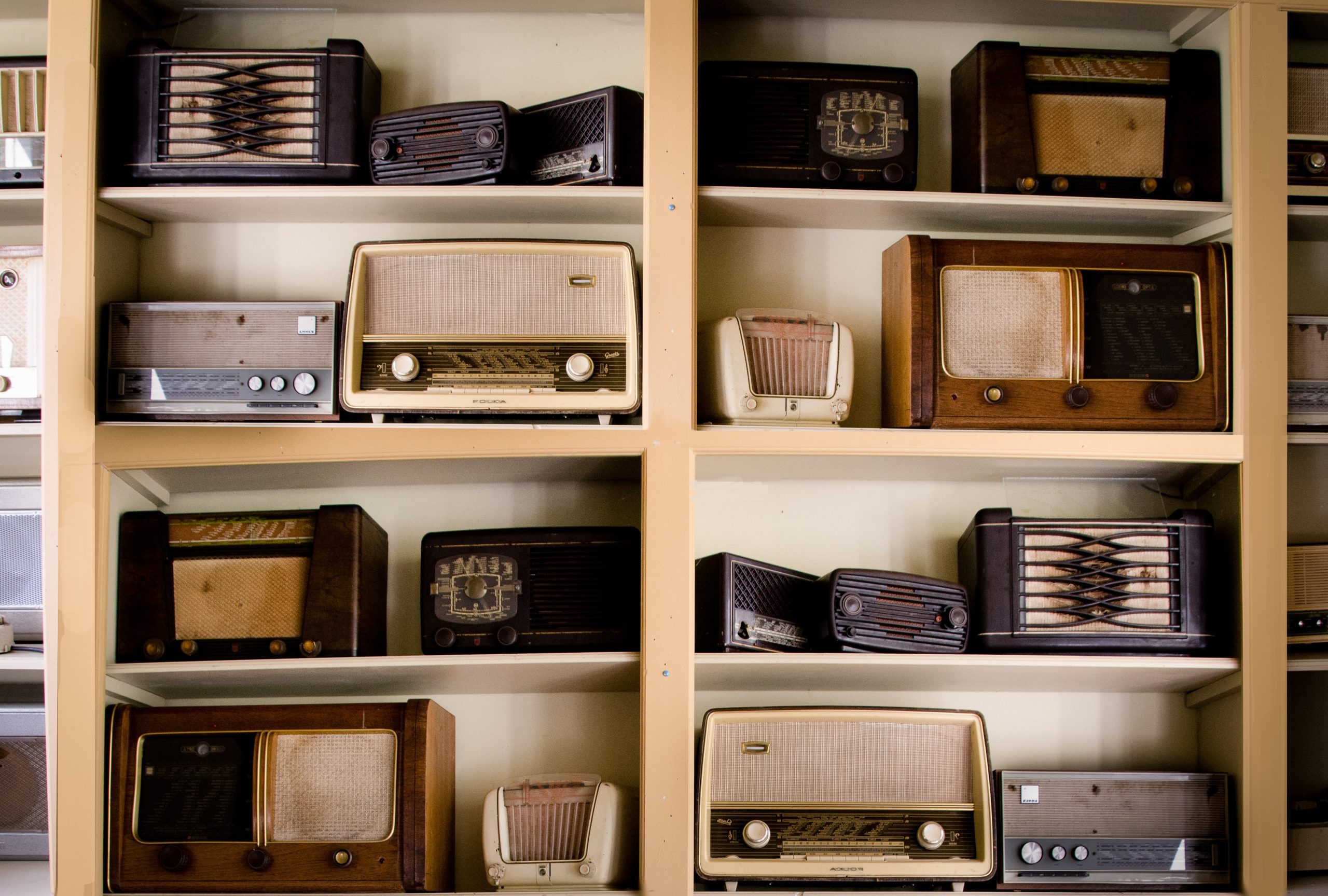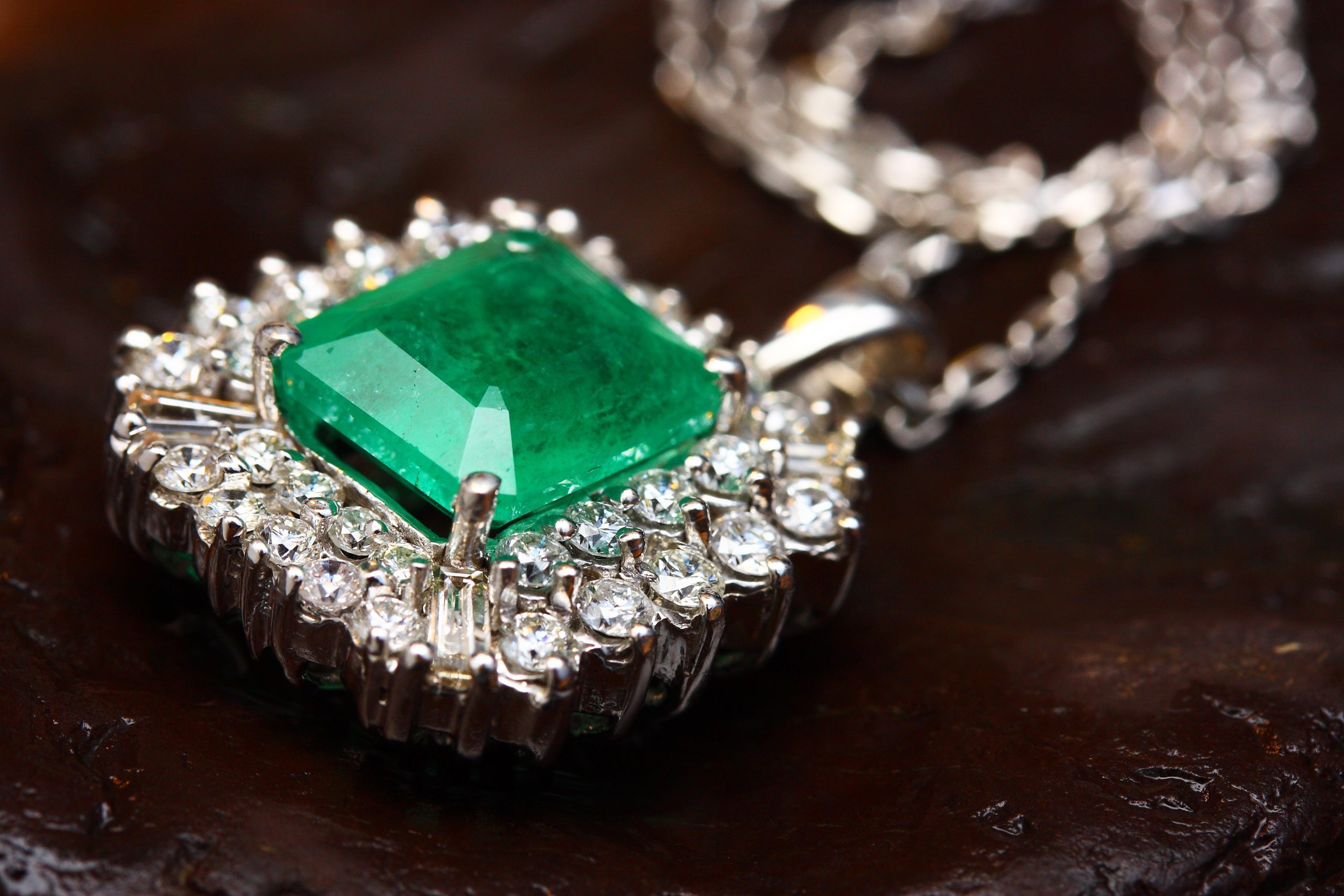
How to Store Collectibles
If you’re like most collectors, your collection is a part of you. It’s the embodiment of years of hunting, haggling, and heartache. It may be worth thousands of dollars or mere pennies, but for you, it’s priceless. If you’re going to be moving your collection into storage, you want to be sure that all of your collectibles are stored properly so they stay in pristine condition — even if you may not be seeing them for months or years. In this guide, our storage experts here at Stor-It will help you get started. We’ve compiled a list of general tips for collectible storage and item-specific guides for common collectibles, including antiques, vintage clothing, comic books, and more. Read to learn how to store collectibles the right way, and reserve your storage unit with our team today!
General Tips for Collectible Storage
Storing collectibles is equal parts expert knowledge and common sense. To make sure you have the basics covered, we’ll start with the latter. While each collectible comes with a set of specific storage rules to follow, there are a number of general guidelines every collector can use to help keep collectibles in pristine condition during the packing and storing process. Check out these general tips for collectible storage to start things off on the right foot.
Reduce Clutter to Free Up Space and Cash
Many property owners store their collectibles alongside their other possessions. While this can work for a while, consolidated storage may eventually lead to space concerns as collections grow. Space constraints can mean an increased chance of clutter, which can make accessing collectibles a nightmare. To reduce clutter and store your collection properly, start by clearing out possessions you don’t need. If you’re a passionate collector, you’re likely not going to get rid of your collectibles. Instead, take stock of your other items and see what can be thrown away or sold. Selling items might earn you some extra cash, which you can save or pump back into purchases for your collection. If you can’t sell, don’t be afraid to donate. Most cities have several charities and donation centers that would be more than happy to take your stuff. (You may get a tax write-off out of the deal, too.) No matter how you choose to get rid of your unused items, you’ll find that a reduction in your stored belongings will make life easier when it comes to storing your collectibles.
Avoid Direct Sunlight
Sunlight shows up every day without fail, albeit in varying degrees of intensity. As far as collectibles are concerned, the more direct sunlight there is, the worse they fare. Light from the sun can dry out, fade, and discolor collectibles like antique furniture, vintage clothing, and paper objects such as comic books and trading cards. It can also warp vinyl and greatly diminish the condition of fine wine. To avoid this, store your items in a place with minimal sun exposure such as the basement, garage, or room with curtained windows. Most self-storage units are virtually 100% sealed-off from the sun, so they’re a great option too.
Use Proper Packing Supplies and Storage Containers
As you prepare your collectibles for display or storage, it’s important to pack them properly and choose the right containers to ensure longevity. While each collectible has slightly different needs when it comes to packing and storage, there are a few staples that every collector should invest in. Here are must-have packing supplies and common storage container options for collectibles:
- Moving boxes. Moving boxes are the simplest and most cost-effective way of moving items into storage. For many collectibles, moving boxes are also excellent long-term storage receptacles. We recommend investing in one or two box sizes for easy stacking and optimal space efficiency.
- Bubble wrap. As you begin to place collectibles into boxes and bins, keep them supported and cushioned with bubble wrap. Unlike packing peanuts, which often leave spaces in boxes, bubble wrap can be wrapped directly around individual items to provide form-fitting cushions that are great for moving and long-term storage.
- Sheets, blankets, and old t-shirts. For larger items like antique furniture, musical instruments, and vehicles, sheets and blankets make excellent covers against dust, sun exposure, and small scratches. Of course, you can also invest in official vehicle- or furniture-covers for moving and storage. Need to pack boxes extra tight? Use old t-shirts to fill in the empty spaces.
- Plastic sleeves. Thin collectibles such as vinyl records, comic books, and trading cards can all benefit from plastic sleeves as the last line of defense against the outside world. Plastic sleeves have the added advantage of allowing collectors and guests to handle items without smudging or staining them.
- Packing accessories: tape, markers, and tie-downs. The above packing supplies aside, there are a host of additional products that can be beneficial for collectors looking to pack and store their collections. Tape is essential for attaching bubble wrap and ensuring that boxes are actually closed. Markers make for fast and easy labeling solutions. Tie-downs can be instrumental in eliminating movement for large items as they are loaded, moved, and unloaded into storage.
Invest in Climate-Controlled Self Storage

It’s no secret that most collectibles are sensitive to the environment in one way or another. Changes in temperature and humidity can greatly affect the condition of collectibles ranging from comic books to cars. Excessive heat can cause warping and deterioration, especially for fragile plastics, woods, and papers. Cold temperatures can cause materials to crack — freezing temperatures turn water to ice, which expands and moves just about any material with it. Even without freezing temperatures, excessive humidity is bad news for collectibles. Overly-humid conditions can lead to the growth of mold, fungus, and unwanted bacteria. On the other end of the spectrum, very dry spaces can make collectibles brittle over time. To find the ideal middle ground among all of these conditions — hot, cold, humid, and dry — it’s absolutely vital to store your collectibles in a climate-controlled space.
If you’re storing your collectibles indoors at home, finding a climate-controlled space should be relatively simple. All homes and apartments are equipped with thermostats, and many have temperature control options for individual rooms. Set yours at a temperature that works for the items you’re storing. (See the individual collectible sections below for item-specific temperature recommendations.) For humidity control, invest in a humidifier or dehumidifier to create the ideal environment levels for your collection. (Again, check our individual collectible sections below for item-specific humidity recommendations.)
While storing a collection at home is great in terms of climate control, it’s a privilege not everyone shares. Due to space concerns, cost, and a number of other factors, many collectors need to store their items off-site when the luxuries of at-home storage aren’t always a sure thing. Like garages or utility sheds, many storage spaces are located adjacent to the outdoors and thus partially subject to shifts in weather. While these storage spaces are excellent for most items, they are less-than-ideal for collectibles. Thankfully, today’s top self-storage facilities offer climate-controlled storage units for rent that give tenants the ability to set and adjust temperature and humidity. These units are excellent choices for collectors in need of off-site storage that will keep collectibles preserved year-round.
Item-Specific Tips for Collectible Storage
With general collectible storage tips covered, it’s time to turn to the collectibles themselves. For each type of collectible, there is a set of best practices for storage that all collectors should follow to ensure that their prized possessions stay in tip-top shape. In the sections below, we cover some of the most common collector’s items, outlining temperature and humidity recommendations, packing and storage advice, and other item-specific recommendations. Your collection is meticulously curated, and so are these storage guidelines. Start here to get the best expert advice for storing your unique collectibles.
Antiques

First on our list of collectibles are antiques, which are defined as old and rare furniture, housewares, or works of art that hold value due to their age and uniqueness. Though the term “antique” encompasses a wide range of items, there are several essential rules that every collector can follow to responsibly store antique collectibles of all shapes and sizes. For antique wood, the ideal humidity level is somewhere between 35 and 65 percent. (This humidity level works well for all non-wood antiques, too.) Room temperature, somewhere between 68 and 75 degrees Fahrenheit, is also ideal for antiques. It’s also a good idea to keep your antique items slightly elevated using a pallet or cinder blocks to avoid exposure to accidental groundwater. Lastly, when storing wooden furniture, don’t cover them in bubble wrap or plastic film. Wood needs to breathe, and these materials will suffocate it. Instead, opt for breathable fabrics like sheets or blankets.
Vintage Clothing
With each passing year, the number of vintage clothing items grows. These aged pieces are great to wear to make a statement at any occasion, but when they’re not being worn they should be stored properly to prevent deterioration. It’s best to pack all types of vintage clothing in large wardrobe boxes to prevent creasing by ensuring that all clothes lie flat. If you’re going to hang vintage clothing, don’t use wire hangers, as they can rust over time. Excess humidity is bad for vintage clothing — it’s a good idea to keep things on the dry side to prevent mold and mildew. It is suggested to store vintage clothing in a room temperature storage unit to avoid excessive heat. As a final consideration, never store vintage clothing in plastic bags. Like wooden furniture, clothes need to breathe. If you really want to cover your pieces, use old pillowcases or sheets.
Vinyl Records
With the resurgence of vinyl as a popular music medium, vintage vinyl records have become incredibly sought after collectors’ items. To keep the oldies alive for this generation and those that follow, it’s important to store your vinyl records in the right conditions. Those conditions sit right at 50 degrees Fahrenheit and 35 percent humidity: that’s what the Library of Congress uses to store their massive vinyl repository. Other recommendations from the Library of Congress include storing vinyl records upright, and placing same-sized records next to one another to maintain the condition of both the edges and faces of the sleeves, and the records themselves. For good measure, place polyurethane sleeves inside of paper sleeves. When handling vinyl records, only touch the outside edge and labeled areas. Lastly, be sure to keep your playback equipment clean so as to not contaminate your records.
Comic Books and Trading Cards
Comic books and trading cards: many kids’ first loves, and many collectors’ coveted items of choice. These thin paper collectibles hold endless treasures on their surfaces, and as the years pile on, comic books and trading cards become testaments to times passed. If you are a collector of comic books and/or trading cards, you’ll want to take all of the necessary steps to keep these fragile items preserved for years to come. Firstly, both comic books and trading cards should be stored in individual sleeves. For trading cards, the easiest way to do this is to invest in a binder with clear sleeve pages to store large card collections efficiently. Comic books will need to be placed in individual sleeves and stored in boxes or specialized comic bookcases. Both collectibles do best in cool, dry places with temperatures slightly below room temperature and humidity levels sitting right around 50%.
Jewelry

Last but not least (especially in terms of value), jewelry collections require specific care to ensure that individual items stay in excellent condition. Rings, necklaces, bracelets, and other jewelry items are made out of precious metals, most of which are sensitive to heat. A prolonged stay in an excessively hot environment can cause jewelry items to warp and their intricate designs to fade. For this reason, it’s wise to invest in a climate-controlled space and keep the temperature under 75 degrees for ideal jewelry preservation. Try to store each jewelry item in its own container (we recommend small jewelry boxes or bubble wrap bags) to prevent scratching and maintain the item’s current condition. As with all stored collections, it’s a good idea to invest in storage unit insurance in the unlikely (though not impossible) event of theft or accident.
Learn More and Store Your Collectibles With Stor-It
Want more information on how to properly store collectibles? Didn’t see your items on our list here? Contact our storage experts here at Stor-It to speak directly with a member of our team and have your questions answered. Ready to invest in high-quality self-storage for your collection? Visit our Locations page to learn more about the many state-of-the-art storage units for rent we offer at each of our 14 Idaho self-storage facilities. When you want the best for your collection, our team is the one to choose. Reserve your unit with us now!
Sources
Care, Handling, and Storage of Audio Visual Materials. Library of Congress. https://www.loc.gov/preservation/care/record.html
